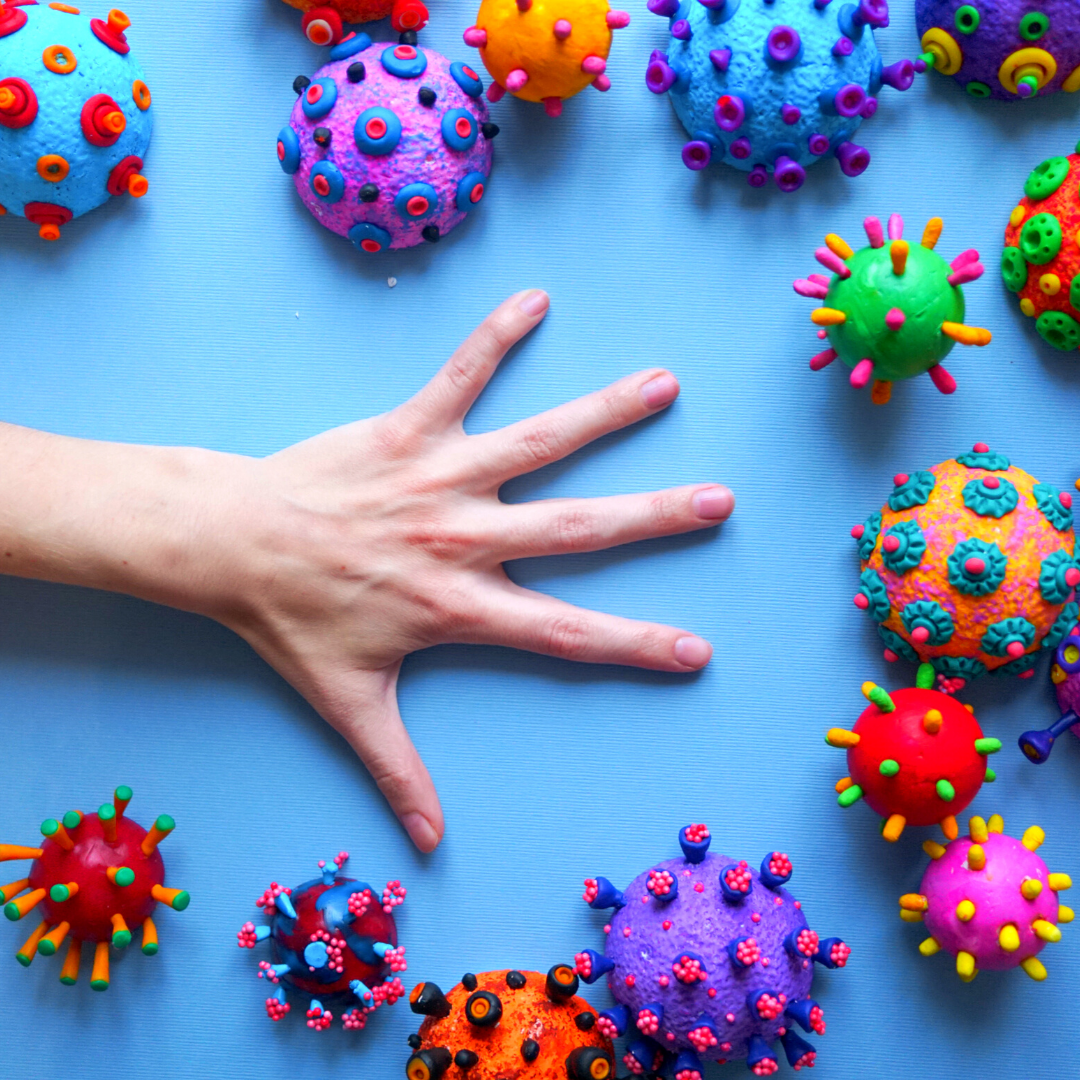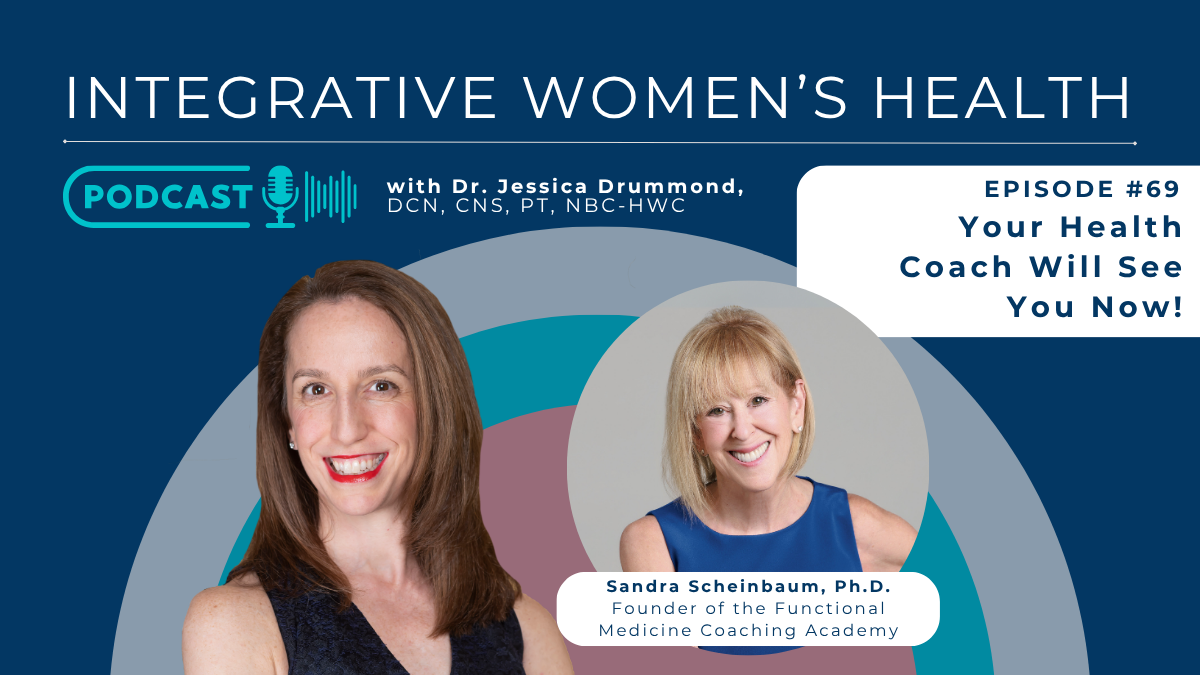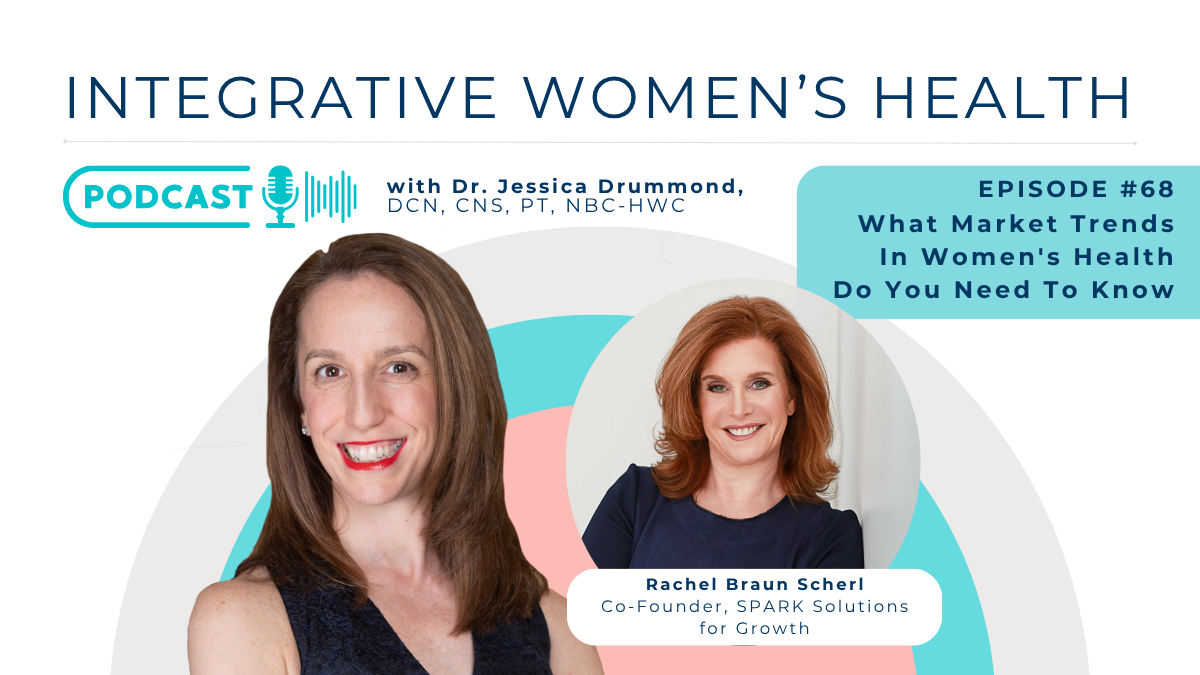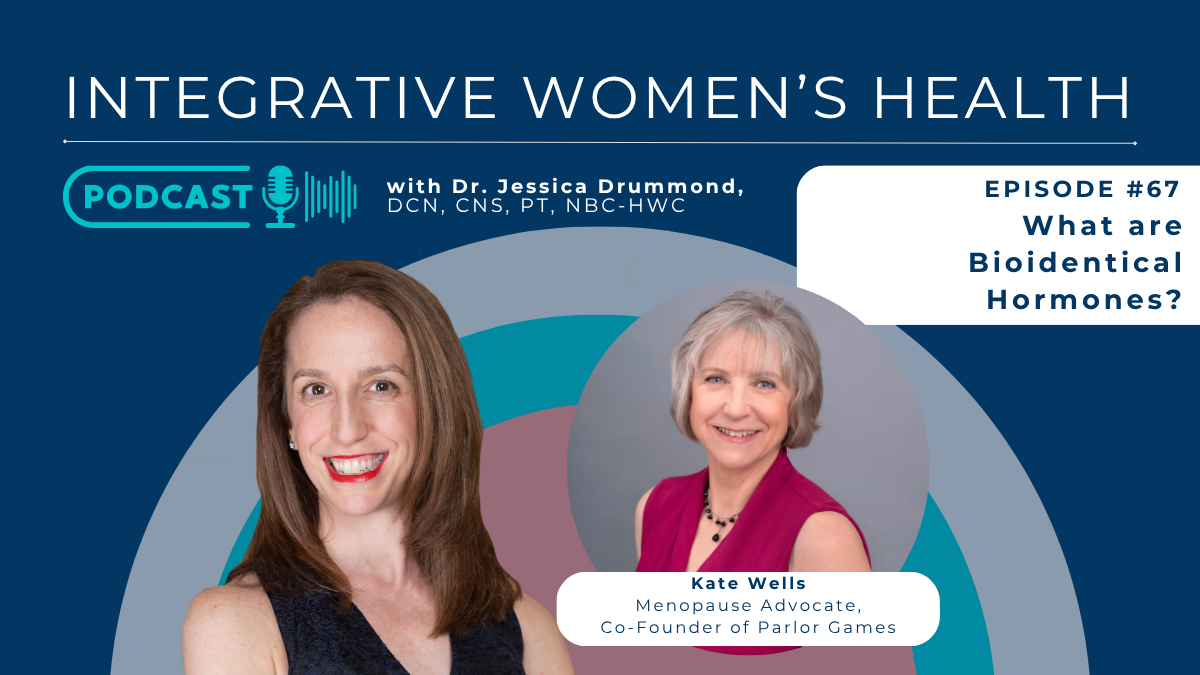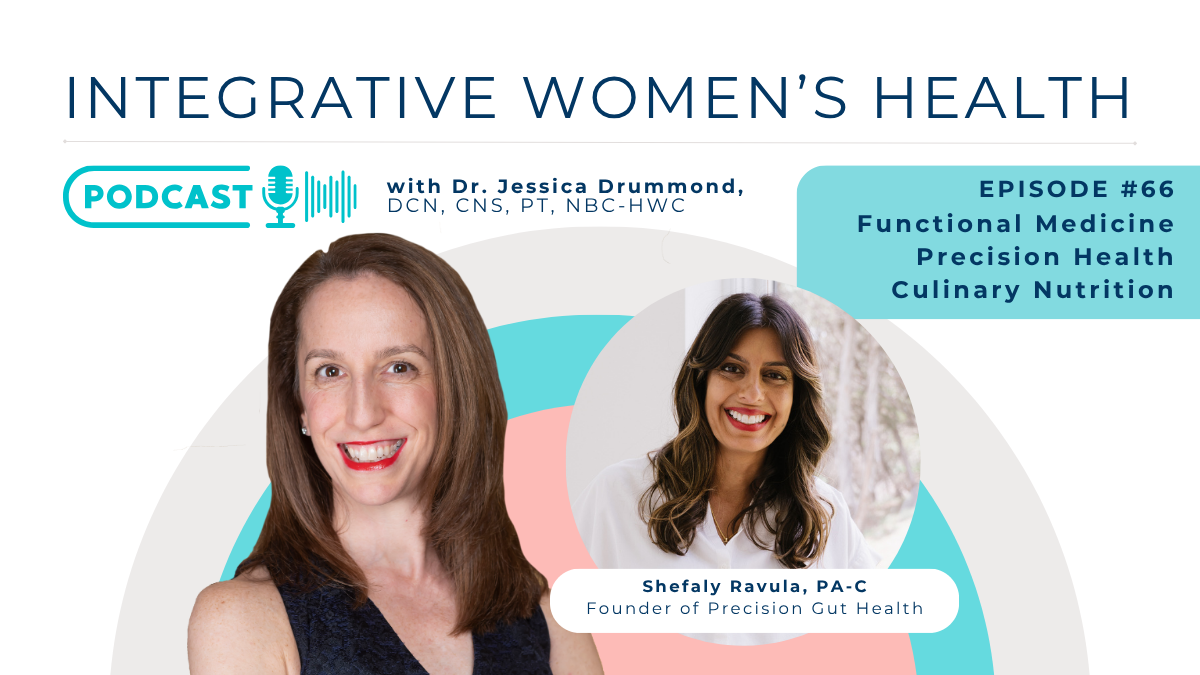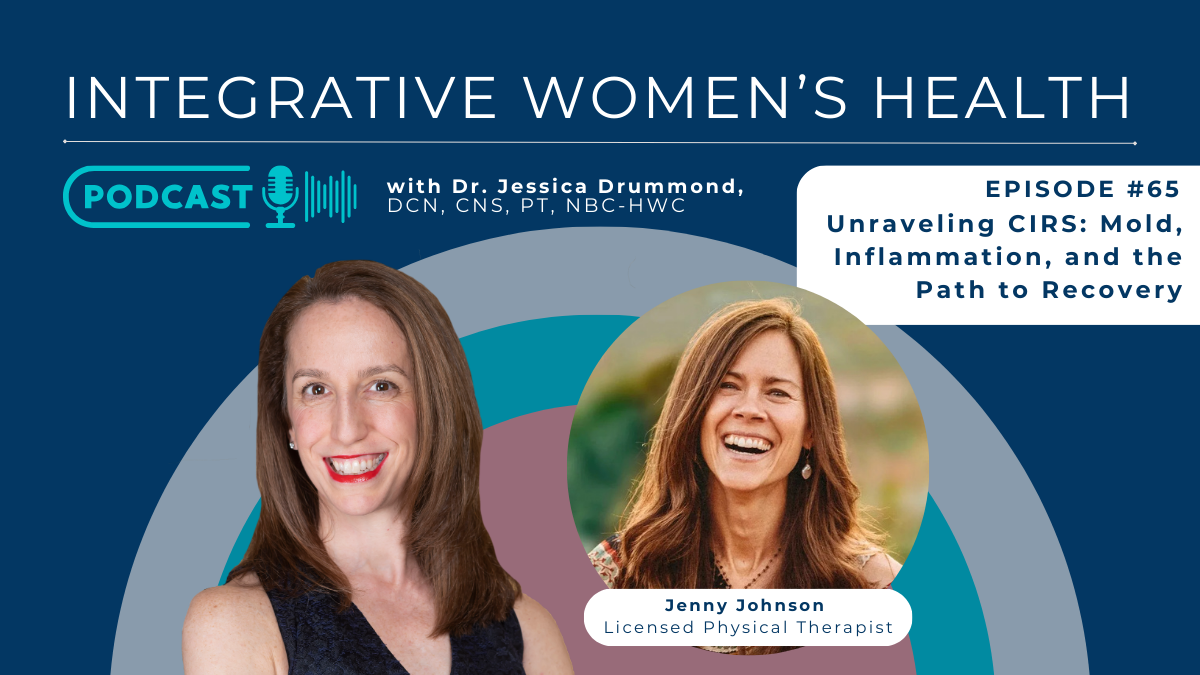My Long Covid Recovery: Perspectives from a Nutritionist and Physical Therapist
As an introduction to this article, I would like to share a few details about how I decided to write this post about long-covid recovery:
Normally when sharing something like this with my colleagues of clinical relevance, I would cite as much literature as possible to explain my decision-making process. While I may add this later, I decided to share this as a personal experience and let you look up the literature yourself for now.
My goal in sharing this is to help all of the other people who are still struggling with long COVID symptoms and for those who are doing their best to help them heal. This is for you.
I am going to share my experience (both personal and professional) – based theories on why some of this is helpful (or not), but these are very limited in applicable scope by the few clients (less than 20, including myself) that I have supported in this situation of long COVID, and the very limited amount of literature (and even clinical experience) on this topic.
I made these decisions primarily out of honor for my own healing and the energy conservation that I must prioritize right now. Many colleagues have sent me useful ideas, thoughts, articles, and experiences, which I greatly appreciate. Thank you.
Simultaneously, some colleagues have sent rather shaming messages about how my experience was either due to my lack of foundational personal health (implying that this was somehow my fault), or that all of this is made up, overstated, or impossible. I haven’t engaged with the vast majority of these messages whether helpful or not, and won’t, again out of prioritization for my own health.
I understand that this story is scary to hear, especially for many colleagues in the wellness/ integrative health community who honestly believe that their foundational health is protected of having an experience like this. Often that is the case. I still very much support and will continue to promote host resilience. It is, for the most part, quite protective and beneficial in so many ways. I honor your fear. And, I understand where it’s coming from, however, I will not engage with it.
Now for the story…
We found out my daughter was exposed to SARS-CoV2 early in December of 2020. December 5th to be exact. On December 8th, she started showing symptoms, and found out that several of her friends tested positive for COVID. December 8th, 2020, she tested positive, and I tested negative.
She was sick over the next week or so. While the experience was different from the flu, it wasn’t worse. She was able to continue to work through it, to do her online schooling. She rested a lot. And we isolated her in her bedroom. I fed her a healing diet: grain, dairy, and soy free, heavy with vegetables, protein, and nourishing fats.
Her appetite was low, but she ate most of what I made for her. Plus, I gave her therapeutic doses of antiviral herbs and mushrooms (including andrographis, cordyceps, and licorice), vitamin D, quercetin, zinc, A, C, selenium, and fish oil. She soaked in hydrogen peroxide, Epsom salt, and essential oil baths. She recovered well, though she lost a noticeable amount of weight, and she was very ready to break out of isolation, 14 days later.
On the 16th of December 2020, I started to experience a mild cough. Our daughter had been isolated from the family mostly in her room. But, she has to walk through the upstairs hall to use the restroom, and I would bring her meals. While I would mask up, it’s hard for a mom to not check on her child, even when she’s a teenager. We would FaceTime and connect but you’ve got to take a look at your baby.
Back to December 16th… I developed a mild cough, and it stayed pretty mild for several days. On December 18th, my husband, my other daughter, and I went to get tested. Honestly, we expected to simply rule out COVID. We thought we were in the clear by then, we’d been exposed, at least 8 days before, and figured we were fine.
My husband and daughter tested negative, and I tested positive. Fortunately, through this whole experience, my husband and my younger daughter stayed negative. And, as I mentioned, my older daughter recovered completely. She was able to snowboard and ski six weeks later.
Unfortunately, my experience was not nearly as easy. While the timeline is a bit blurry now, I was sick, but not horribly sick, for about seven or eight days with a mild cough, some headache, which I actually think was due to the herbs elevating my blood pressure, and a vascular feeling pain started. The feeling that my arms and, to some extent, my legs were being squeezed with a feeling of needles in my hands.
The headaches stopped when I stopped the herbs. I also tried specialized pro-resolving mediators, and low-dose immunotherapy as the vascular pain started to worsen. I used the same strategy for my healing as I had used with my daughter (and 20 or so other colleagues, friends, and extended family members who reached out to me about their acute Covid challenges) – herbs, high dose vitamin D, A, C, zinc, quercetin, and selenium.
I slept a lot, rested, ate a very clean home-cooked plant-heavy paleo diet, and hydrated well. I also used a humidifier which made it easier to breathe while I was sick. I continued the Ziva meditation and breathwork practices I had been doing for 2-3 years prior, at least 2-4 times each day.
Before I got sick, I had a vitamin D level of 66, was exercising (though not to burnout) most days outside, got lots of sun, slept well, and ate a 95% clean whole foods, plant-heavy paleo diet. I rarely drank alcohol or ate sugar. I had no health issues. Just a few weeks prior I was hiking daily up ski mountains on Thanksgiving weekend in Vermont.
My husband took great care of me, cooking me everything I asked for – lots of smoothies, blended vegetable soups, and easy-to-digest soups. I did gentle stretching exercises and walked around my bedroom/ bathroom where I was isolated. On days that were less cold, I stepped outside on my balcony as much as possible. (It was December in Connecticut, so I didn’t spend much time outside. But, I would open the windows for about 30-minutes each day to ventilate the room when I would go into the bathroom to shower.)
And then the night before Christmas Eve, I woke up in the middle of the night with a very high heart rate. It was very difficult to settle down, but eventually, after lots of breathing and a cold cloth on my face, it did settle down. But, on Christmas morning, I woke up feeling like I was breathing through sticky mud. I knew things were bad at this point.
So, at this point, it’s Christmas morning, and I don’t have a primary care physician. I’m a (previously) super healthy person who hasn’t really been to the doctor in the last decade or more, other than for my regular gynecology appointments, and my gynecologist recently retired.
I didn’t know who to call and was really resisting going to the emergency room at that point, because, in that COVID world, I was more nervous to go to the hospital than to stay home and try to manage this. Fortunately, as a healthcare professional myself, I’m friends with a lot of doctors. I called one. She was doing a lot of acute COVID telehealth and had been since the beginning of the pandemic. She called me in some steroids, and my daughter drove to the pharmacy on Christmas morning to pick them up for me.
I took them and immediately started to feel better. I was prescribed a six-day regimen, but on the second day, while the breathing was okay, the very high heart rate exacerbated. I called an ambulance and was taken to the ER, where they ruled out blood clots, took a chest X-ray (negative), and found that, yes, I was having COVID-related heart palpitations, and they were able to settle them down with a fluid IV.
I went home, remained super focused on my hydration, drinking water, and electrolyte water (Smart Water and Spectralyte are to this day among the most helpful tools!), and yet, I struggled to stay hydrated. That was one of the biggest challenges during the acute phase of my infection. I took the full steroid prescription, I started taking some aspirin, and continued with supportive nutrition. I took it easy, expected that the worst was over and that I’d be better in time to celebrate The New Year.
Why was I not better in time to ring in The New Year?
Why am I still recovering now, in March, months later?
Theory: The Possible Complication of Mold Exposure
I believe (though am not sure, it might have been earlier) that during the time of symptom exacerbation, I started running the humidifier – pretty much all day and night. It was very helpful to my breathing, especially since I struggled so much with hydration. But, little did I know, that I was creating an area of mold growth on the sill of the sliding glass door out to the porch of my bedroom. While it was too cold to go outside much during my isolation, I did lie next to the big windowed doors in the afternoons to soak in the healing warmth of the sun most days. It just felt good.
In mid-February, my husband’s allergies started getting much worse, but mainly when he slept in our bedroom. Plus, I ran a urinary organic acids test on myself in February of 2021, and carboxycitric acid – an unusual mold/ yeast marker – came back abnormally high. There are no other gut microbiome imbalances in my functional lab results.
At the beginning of March, we found that patch of mold when we opened the sliding door to welcome a day of Spring weather. We remediated the mold right away and opened the doors and windows for a few days to air out the room. My vascular pain immediately improved.
While there is some evidence of pulmonary aspergillosis complicating acute COVID, there is no evidence regarding the effect of mold exposure on long COVID symptoms. Did it help to eliminate the mold exposure, turn off the humidifier, and start nebulizing glutathione? Maybe. I will re-test my urinary organic acids in a few months and keep you posted.
Theory: Post-viral Pericarditis
One issue that I seem to be responding to like a textbook case is pericarditis. While my hs-CRP, D-dimer, troponin, and even cardiac echocardiogram have all tested normal throughout this experience, my chest pain, my body pain – headaches, arm squeezing, needle-like pain, jaw and neck pain, and even my heart rate and oxygen saturation all improve with anti-inflammatory medications. I am privileged enough to have access to excellent healthcare. Within a week of my acute COVID, as I was still experiencing cardiac symptoms, I was able to see a nurse practitioner in the Yale health system with expertise in cardiology, and she referred me to a cardiologist. My tests were completed within the next week (early January.) I also spoke with integrative MD and ND colleagues, and drew on my expertise as a nutritionist with a lot of experience with chronic inflammatory conditions.
My chest pain, oxygen saturation, and body pain are continuing to improve with the following protocol:
- Very limited physical or emotional exertion. Gentle daily walks of .5 miles or less at a very slow pace. Remaining sedentary for work, and limiting emotional stressors as much as possible. Working less than 4-6 hours daily.
- Sleep as much as possible, including napping regularly and going to bed by 9:30pm every night.
- At least twice daily meditation: Ziva and/or Calm or Breethe App.
- 2400mg of ibuprofen daily (800mg, TID, and slowly tapered down over 5 weeks.) I am fully off of the ibuprofen at this point. To support the taper, I added approximately 15mg QD – BID of Lock and Key Remedies CBD tincture daily as needed to calm breakthrough pain.
- Colchicine daily for at least 3 months (I have at least another month to go.)
- Paleo anti-inflammatory diet of mostly cooked vegetables, animal protein, and healthy fats. I have noticed that eating any grains, and sometimes nightshade vegetables will quickly flare my vascular pain (this could also be COVID-induced autoimmune response.)
- Drinking 70-90 ounces of water or herbal tea daily. Adding electrolytes using smart water and Spectralyte.
- Supplements: Seeking Health Pro-Digestion Intensive (1-2 capsules/ meal), Gaia Herbs Resveratrol (150mg per day), Ortho-Molecular D-Hist (4-6 capsules per day, divided doses), S-acetyl-glutathione Synergy Designs for Health (2 capsules per day), Liposomal vitamin C (1000 – 5000mg daily), vitamin D3 – 4000IU + K2, vitamin A (1000mg daily), Omega-3 Fish oil (1600 – 3200mg per day, divided doses), Inflammatone Designs for Health (2-4 capsules daily)
- Daily smoothie: ½ cup avocado + ½ cup berries/ cherries + ½ banana + Paleo Protein Powder + adaptogen powder (ashwagandha + Rhodiola + tulsi + Chaga) + beet powder + probiotics + almond milk
- Turmeric Lattes
- Daily juice: 2 Lemons + Lime or Orange + 2 cloves garlic + 1 chunk ginger + filtered water – blend, strain, and enjoy!
Theory: Mitochondrial Stress from COVID infection
On my February organic acids test, I also saw a marker of mitochondrial stress (high succinic acid, which is also related to toxic stress), and from the beginning I had assumed that my Covid infection would be a mitochondrial stressor.
Energy: while I still have very low activity tolerance relative to my normal, I don’t have the same kind of fatigue that I experienced in the past (about 18 years ago) with an Epstein Barr virus reactivation. While I need a lot of sleep, I do feel rested when I wake up. My sleep feels mostly restorative.
My energy is continuing to improve with the following protocol:
- MitoQ (10mg daily)
- Sleep: at least 9-10 hours daily, often more.
- Breathwork (while I have done this regularly for years, I now do at least 2-4 sessions daily, instead of exercise) I use yogic pranayama and the Breethe App for guided breathwork sessions.
- Outside daylight exposure, as much as possible
- All of the antioxidant/ anti-inflammatory supplements above.
- Magnesium + taurine (200 – 300mg + 160 – 330mg daily)
Theory: Dysautonomia from COVID infection
The other surprising markers that were elevated on my organic acids test in February 2021 are homovanillic acid (HVA), in addition to elevated HVA / VMA ratio, and elevated Dihydroxyphenylacetic (DOPAC). Research is increasingly showing a connection between dysautonomia and long COVID. My symptoms are much milder than most patients with long COVID. I don’t have severe postural orthostatic tachycardia syndrome (POTS.)
But, I am easily fatigued with hot showers, generally intolerant to heat, and still have rapid heart rate accelerations at night, which I am theorizing could be related to this, or possibly COVID-induced sleep apnea. I am being tested for sleep apnea later this month, but I am increasingly convinced that these symptoms are based on COVID-induced dysautonomia based on my research into long COVID and my Organic Acids results. Interestingly, I have a previous organic acids test that shows that these neurotransmitter irregularities were not present pre-COVID.
Also, I have intuitively found that I feel better when I am wearing lightly compressive socks or tights. My tachycardia symptoms exacerbate with perimenopausal hot flashes as well.
My dysautonomia symptoms are continuing to improve with the following protocol:
- Increasing my commitment to breathwork exercises.
- Compression knee socks or tights.
- Warm (not hot) showers
- 70-90 ounces of water with added electrolytes.
- Seated/ sitting gentle exercise
- Support for my dopamine beta-hydroxylase (DBH) SNPs: probiotics (L. Plantarum, and Saccharomyces boulardii in addition to broad-spectrum probiotics), acupuncture, liposomal vitamin C, B-vitamins, and I’m considering adding copper (which might have been depleted by all of the zinc I have been taking), and PQQ
Theory: The Impact of Low Estrogen
This theory is less clear to me regarding the mechanism. But, I did experience my EBV reactivation-related syndrome 18 years ago when I was postpartum. Could the fact that I was infected with COVID during my luteal phase during perimenopause when my estrogen levels are generally lower be a risk factor for my long COVID symptoms? Maybe. Estrogen does modulate brain neurotransmitters, supports insulin sensitivity, and women in mid-life are 4 times more likely to experience long COVID.
If I have one lifestyle Achilles heel, it’s that I am a workaholic. I love my work and care deeply about my team and my clients. This possible Hypothalamic-Pituitary-Adrenal stress combined with being luteal phase and perimenopausal may have made me more vulnerable, but I don’t know.
What I do know is that I am doing my best to embrace the lessons of this experience. I am streamlining my work, and prioritizing rest. I am grateful for the healthcare I have the resources to access, and the knowledge and experience that I have to inform my healing. I hope that this is helpful for you and your patients. It’s likely that the recovery from long COVID will need to be individually personalized, as we do for everything in our practice. Eventually, we may have a systematized approach, but for now, we’re still learning.

